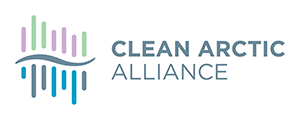Proposals for mitigating the risks associated with the use and carriage of HFO by vessels in the Arctic
A submission by the Circumpolar Conservation Union (CUU) and WWF
This submission to the Arctic Council’s Protection of the Arctic Marine Environment (PAME) working group outlines why phasing out HFO use by the shipping sector in the Arctic is the most effective available mitigation strategy to address the associated risks and provides further recommendations.
In recognition of the risks posed by heavy fuel oil in Arctic waters, in February 2016, the Arctic Council’s Protection of the Arctic Marine Environment (PAME) Working Group invited Arctic Council Member States, Permanent Participants and Observers to submit proposals for mitigating the risks associated with the use and carriage of HFO by vessels in the Arctic. In response, the Circumpolar Conservation Union (CCU) and WWF submit the following recommendations for consideration by PAME.
While the International Maritime Organization (IMO) is the appropriate international body to regulate heavy fuel oil (HFO) use and carriage, as well as black carbon emissions from international shipping operating in the Arctic, there are a number of steps the Arctic Council and PAME can take toward safeguarding the Arctic marine environment and Arctic inhabitants, including Indigenous peoples. These steps could also spur additional and/or hastened action on the issue at the IMO. Thus, we have intentionally linked our recommendations to PAME to potential IMO outcomes.

